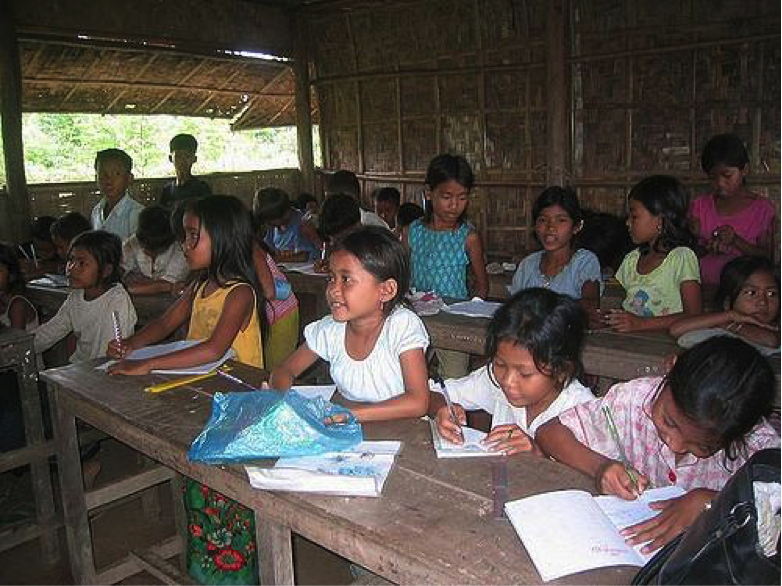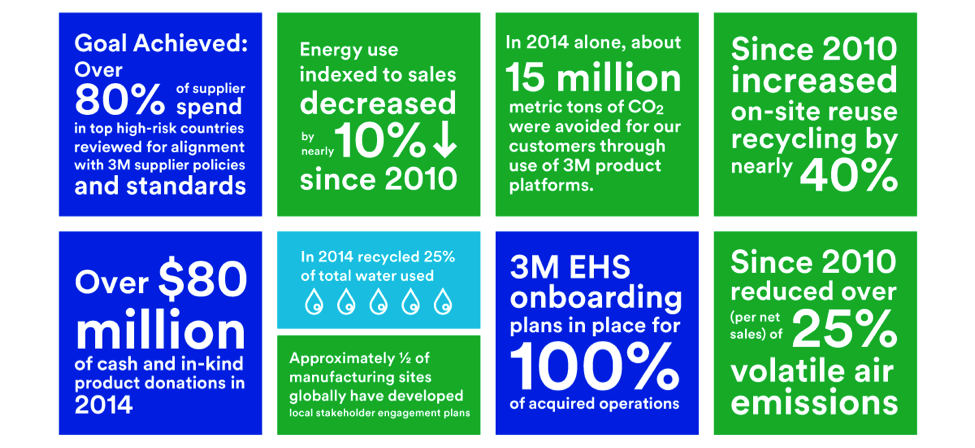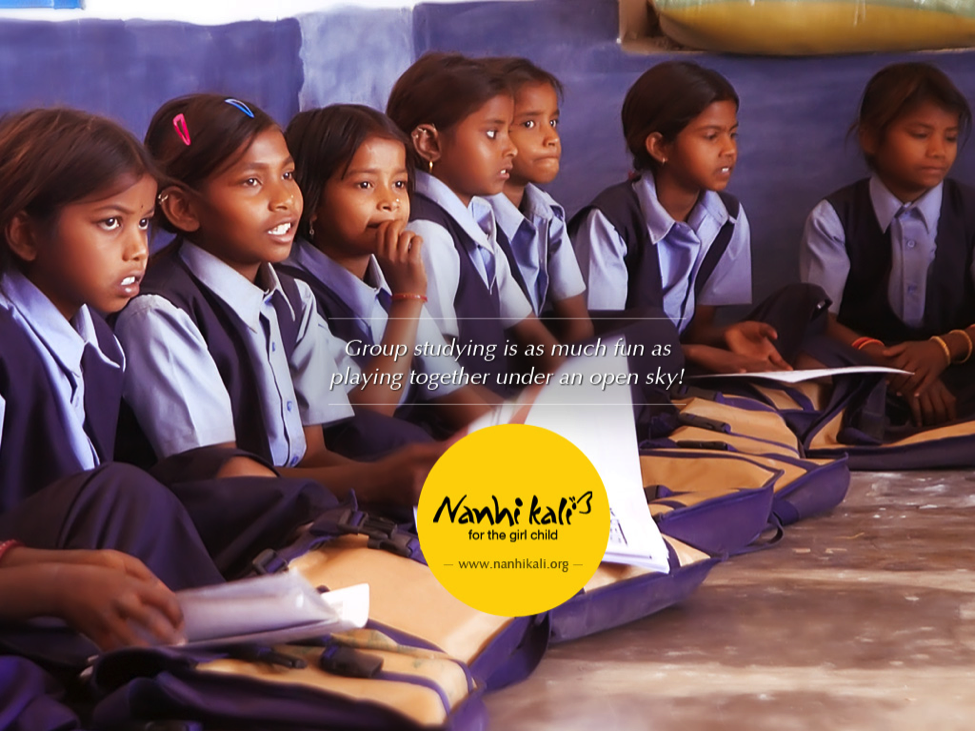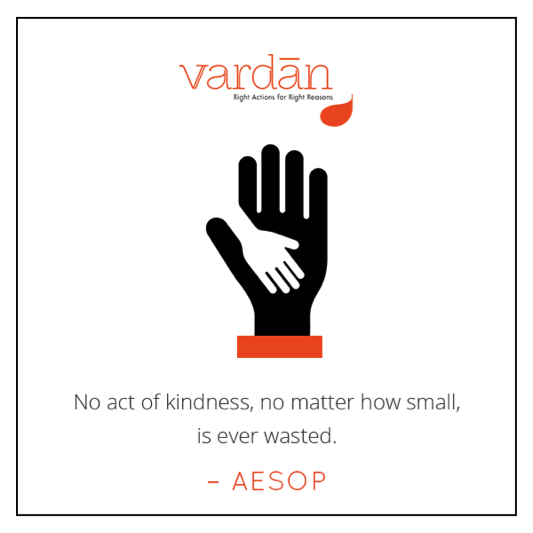From its inception as basic charity and social work, Corporate Social Responsibility (CSR) has evolved into one of the top priorities of organizations in today’s corporate world.
Now, consumers are more likely to do business with an organization if it’s actively involved in CSR. Examples like the Google Green have shown that businesses are willing to cut to the core of the problem with their social responsibility initiatives.
In India, certain companies even go out of their way to spend more than the mandatory 2% of profits to do society some good.

It’s fairly obvious that any business that aspires to become successful and stay that way must implement a strong CSR program. Here, we take a look at the common elements of most successful CSR programs. By implementing these into your organization’s initiative, you can guarantee a reasonable level of success.
1.
The Standard And Intensity Of Research
Many companies find a social need and seek to solve it by simply pumping money into the problem, but this is not enough.
A good CSR program, one that intends to have a significant impact, involves in-depth research through case studies, white papers, ground-level human interaction, and other channels relevant to the problem.
For example, IBM has a CSR program called Smarter Planet, created to develop an intelligent and enlightened world. As part of it, IBM helps in the development of various new solutions to issues in the field of medicine and sustainability.
The efficacy of this approach goes to show that a thorough research process makes for a great CSR program.
2.
Clarity About The Change To Be Implemented
In the business world, Corporate Social Responsibility has found many takers. However, most organizations’ CSR programs seem indistinguishable from each other.
If you want your CSR program to be a successful one, you’ll need to ensure that your organization takes a proprietary and unique approach to effect measurable social improvement.
3M Canada’s Healthy Communities Program, for instance, was formulated to bring about change in education, health, and the environment.

Image Source: 3m.com
By clearly stating its objectives, this program went on be extremely successful and has even won accolades.
3.
A Single-Minded Focus On The Objectives
People tend to do best when they focus on one thing at a time. Organizations, which are effectively large numbers of people working together, don’t get very far with CSR programs that seek to tackle disparate social issues.
There are exceptions, of course, but most organizations that lead the pack in CSR usually focus all their manpower and resources on a singular issue. Set up in 1996 by Anand Mahindra, Nanhi Kali is a Mahindra & Mahindra CSR initiative that supports the education of over 11 lakh girls across ten states.

Image Source:
http://www.nanhikali.org
Through the supply of material and academic support, Nanhi Kali has achieved both an increase in enrolment of girls in schools as well as reducing dropouts to about 10%.
4.
Playing To The Company’s Strengths
Too many CSR programs take off on a tangent completely unrelated to what the company does. The best CSR schemes always directly play off what the business is and what it does. Campbell’s Soup, a Canadian organization, developed the Nourish program that makes long-lasting shelf-stable meals for the sole purpose of feeding the world’s hungry.
For an effective CSR program, ensure that your organization’s business strengths aren’t completely ignored.
Larsen & Toubro, one of India’s biggest construction organizations, committed to building 50 dams in the Palghar district of Maharashtra. This is in line with what L&T does, and also benefits over 75,000 people in the area.
5.
Form Partnerships With Experts
The best CSR schemes need to have credibility in the public eye. To this end, partnering with local non-profit organizations and social work experts is a great idea. Starbucks’ ‘Cup Summit’ saw the company join hands with municipalities, suppliers, recyclers, cup manufacturers, NGOs, and academic experts to develop more easily recyclable cups.
CSR programs are here to stay, and by following these top CSR trends, you can ensure that your organization’s social efforts aren’t in vain.
References:
Image References:
https://flic.kr/p/4eorj6  Act of Kindness Aesop
As many of the challenges and parameters to be managed are beyond the realm of things that the businesses do on a day-to-day basis, the end-to-end process might require additional (expert) resources within or outsourced from external agencies. That means additional management costs (for the Giver).
This opens up a new possibility for collaboration – Collaboration amongst the Givers.
When the Givers intending to support a common cause come together, leverage their manpower resources and management processes as a ‘Consortium’ (akin to the consortium funding practices in the for-profit sector), management of functions such as identifying the right recipient, deployment, monitoring, assessment, evaluation etc. becomes centralised and shared. Together, it would mean conserving precious money – that could be (additionally) made available to further the cause!
Opportunities for collaboration in the Indian non-profit sector – even at the Giver level – are real. Possibilities are endless. It’s about time we do.
Can we?
Act of Kindness Aesop
As many of the challenges and parameters to be managed are beyond the realm of things that the businesses do on a day-to-day basis, the end-to-end process might require additional (expert) resources within or outsourced from external agencies. That means additional management costs (for the Giver).
This opens up a new possibility for collaboration – Collaboration amongst the Givers.
When the Givers intending to support a common cause come together, leverage their manpower resources and management processes as a ‘Consortium’ (akin to the consortium funding practices in the for-profit sector), management of functions such as identifying the right recipient, deployment, monitoring, assessment, evaluation etc. becomes centralised and shared. Together, it would mean conserving precious money – that could be (additionally) made available to further the cause!
Opportunities for collaboration in the Indian non-profit sector – even at the Giver level – are real. Possibilities are endless. It’s about time we do.
Can we?  The decline in child sex ratio (defined as the number of girl per 1000 boys in the age group of 0 to 6 years) in India is overwhelming. The ratio saw a decline from 945 in the year 1991 to 927 in the year 2001. Its further decline to 918 in 2011 is disturbing as it’s symptomatic of the state of women’s disempowerment in the country.
Rigorous and collaborative effort towards the protection and empowerment of girls across the country is the need of the hour. The present government, lead by PM Narendra Modi, has announced the ‘Beti Bachao, Beti Padhao’ initiative with the following objectives:
The decline in child sex ratio (defined as the number of girl per 1000 boys in the age group of 0 to 6 years) in India is overwhelming. The ratio saw a decline from 945 in the year 1991 to 927 in the year 2001. Its further decline to 918 in 2011 is disturbing as it’s symptomatic of the state of women’s disempowerment in the country.
Rigorous and collaborative effort towards the protection and empowerment of girls across the country is the need of the hour. The present government, lead by PM Narendra Modi, has announced the ‘Beti Bachao, Beti Padhao’ initiative with the following objectives:

 It’s fairly obvious that any business that aspires to become successful and stay that way must implement a strong CSR program. Here, we take a look at the common elements of most successful CSR programs. By implementing these into your organization’s initiative, you can guarantee a reasonable level of success.
1.The Standard And Intensity Of Research
Many companies find a social need and seek to solve it by simply pumping money into the problem, but this is not enough.
A good CSR program, one that intends to have a significant impact, involves in-depth research through case studies, white papers, ground-level human interaction, and other channels relevant to the problem.
For example, IBM has a CSR program called Smarter Planet, created to develop an intelligent and enlightened world. As part of it, IBM helps in the development of various new solutions to issues in the field of medicine and sustainability.
The efficacy of this approach goes to show that a thorough research process makes for a great CSR program.
2.Clarity About The Change To Be Implemented
In the business world, Corporate Social Responsibility has found many takers. However, most organizations’ CSR programs seem indistinguishable from each other.
If you want your CSR program to be a successful one, you’ll need to ensure that your organization takes a proprietary and unique approach to effect measurable social improvement.
3M Canada’s Healthy Communities Program, for instance, was formulated to bring about change in education, health, and the environment.
It’s fairly obvious that any business that aspires to become successful and stay that way must implement a strong CSR program. Here, we take a look at the common elements of most successful CSR programs. By implementing these into your organization’s initiative, you can guarantee a reasonable level of success.
1.The Standard And Intensity Of Research
Many companies find a social need and seek to solve it by simply pumping money into the problem, but this is not enough.
A good CSR program, one that intends to have a significant impact, involves in-depth research through case studies, white papers, ground-level human interaction, and other channels relevant to the problem.
For example, IBM has a CSR program called Smarter Planet, created to develop an intelligent and enlightened world. As part of it, IBM helps in the development of various new solutions to issues in the field of medicine and sustainability.
The efficacy of this approach goes to show that a thorough research process makes for a great CSR program.
2.Clarity About The Change To Be Implemented
In the business world, Corporate Social Responsibility has found many takers. However, most organizations’ CSR programs seem indistinguishable from each other.
If you want your CSR program to be a successful one, you’ll need to ensure that your organization takes a proprietary and unique approach to effect measurable social improvement.
3M Canada’s Healthy Communities Program, for instance, was formulated to bring about change in education, health, and the environment.
 Image Source: 3m.com
By clearly stating its objectives, this program went on be extremely successful and has even won accolades.
3.A Single-Minded Focus On The Objectives
People tend to do best when they focus on one thing at a time. Organizations, which are effectively large numbers of people working together, don’t get very far with CSR programs that seek to tackle disparate social issues.
There are exceptions, of course, but most organizations that lead the pack in CSR usually focus all their manpower and resources on a singular issue. Set up in 1996 by Anand Mahindra, Nanhi Kali is a Mahindra & Mahindra CSR initiative that supports the education of over 11 lakh girls across ten states.
Image Source: 3m.com
By clearly stating its objectives, this program went on be extremely successful and has even won accolades.
3.A Single-Minded Focus On The Objectives
People tend to do best when they focus on one thing at a time. Organizations, which are effectively large numbers of people working together, don’t get very far with CSR programs that seek to tackle disparate social issues.
There are exceptions, of course, but most organizations that lead the pack in CSR usually focus all their manpower and resources on a singular issue. Set up in 1996 by Anand Mahindra, Nanhi Kali is a Mahindra & Mahindra CSR initiative that supports the education of over 11 lakh girls across ten states.

 If an NGO’s model is based on monetary gifts, it’ll need to take certain steps to ensure a steady supply of money to carry out their operations.
The foremost of these is building strong personal relationships with a variety of people. Promoting its name and brand to ensure that it has the widest public reach possible also helps. As a cautionary measure, excess funds should be set aside as reserve, in case the organisation encounters a dry spell.
Direct Official Aid
Some NGOs rely on direct official aid to fund their projects. The benefit here is that they’ve got a steady flow of income to rely on throughout the year. But there’s a drawback: most official donors specify the purpose for which their funds need to be used, and that may not always be in alignment with the NGO’s mission.
So, organisations looking for official financial aid need to strike a balance between procuring funds and sticking to their mission statement.
These are just a few steps that NGOs can use to bring about a more sustainable future. It’s essential that NGOs conduct their processes with a long-term vision in mind, because without a plan, the organisation will perish.
References:
If an NGO’s model is based on monetary gifts, it’ll need to take certain steps to ensure a steady supply of money to carry out their operations.
The foremost of these is building strong personal relationships with a variety of people. Promoting its name and brand to ensure that it has the widest public reach possible also helps. As a cautionary measure, excess funds should be set aside as reserve, in case the organisation encounters a dry spell.
Direct Official Aid
Some NGOs rely on direct official aid to fund their projects. The benefit here is that they’ve got a steady flow of income to rely on throughout the year. But there’s a drawback: most official donors specify the purpose for which their funds need to be used, and that may not always be in alignment with the NGO’s mission.
So, organisations looking for official financial aid need to strike a balance between procuring funds and sticking to their mission statement.
These are just a few steps that NGOs can use to bring about a more sustainable future. It’s essential that NGOs conduct their processes with a long-term vision in mind, because without a plan, the organisation will perish.
References: